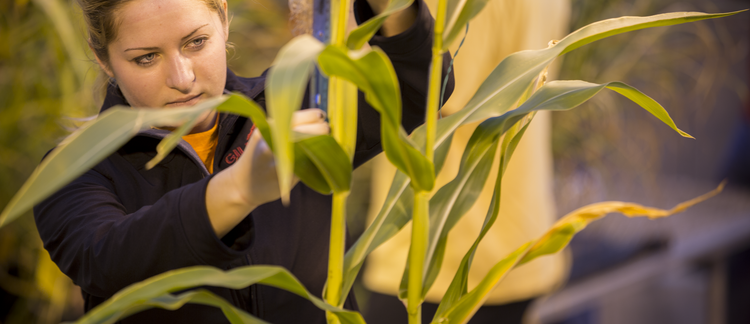Abstract
Native grasslands provide a multitude of benefits to society including forage production, wildlife habitat, and nutrient and CO2 uptake and storage. There has been continuing interest within the conservation community in restoring grasslands to maximize these multiple benefits. There are presently many ongoing prairie restoration projects and many being started throughout Iowa and the United States. In Iowa many small, and a few large prairie restoration projects are under way. However, projects are somewhat hampered by a lack of knowledge on how to restore the high diversity found in prairies. Prairie ecosystems are dominated by warm-season grasses such as big bluestem, Indian grass, switchgrass, little bluestem, or sideoats grama. In western Iowa, all five of these species are dominant, at least in some patches of grassland. However, plant diversity in prairie ecosystems is made up mostly of forbs, and diversity is what most people are most concerned with when they restore or reconstruct prairie. Most prairie restorations becomes heavily dominated by one or a few grass species and have a low diversity of legumes and forbs.
Keywords: Ecology Evolution and Organismal Biology
How to Cite:
Wilsey, B. J. & Losure, D., (2005) “Plant Species Effects on Diversity and Weed Invasion Resistance in Restored Grasslands”, Iowa State University Research and Demonstration Farms Progress Reports 2004(1).
Downloads:
Download pdf
View PDF

